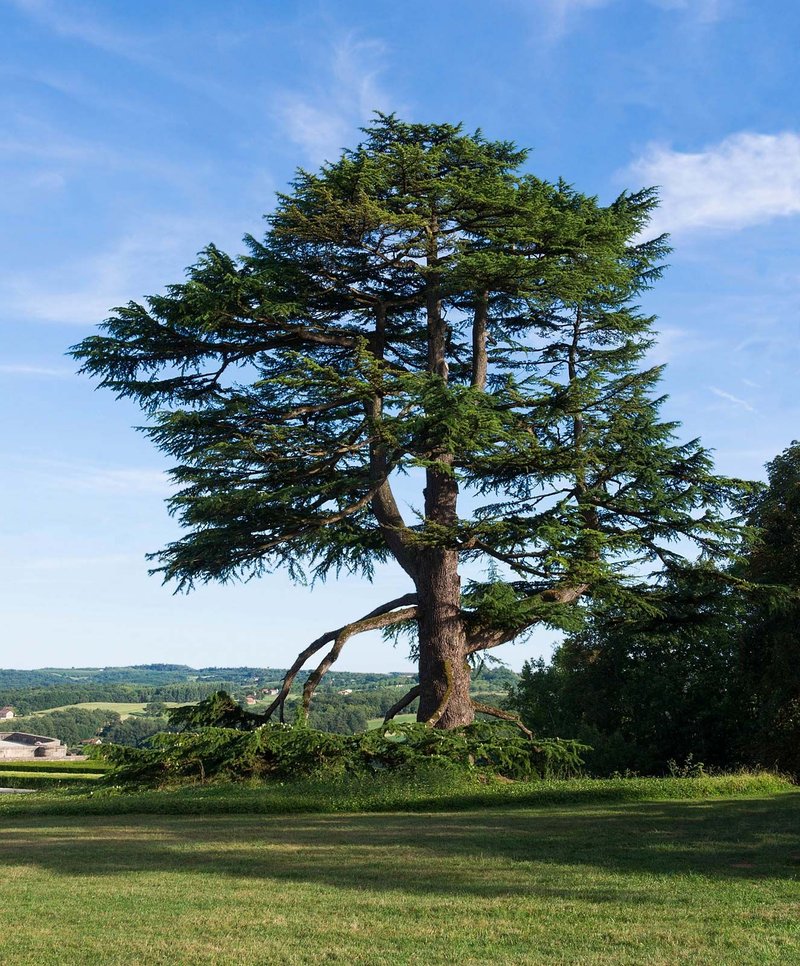
Tree squirrels, especially the most common types like the Eastern Gray and Fox squirrels, have unique parenting styles. From choosing the perfect nesting spot to teaching their young how to forage, every step is crucial for survival. So grab a cup of coffee, and let’s explore the delightful and often challenging journey of squirrel parenthood.
The Nesting Process
When a female squirrel is ready to have her young, she needs a cozy and safe place to raise them. Typically, they choose a leafy nest in the treetops, called a drey. This drey is crafted from twigs, leaves, and moss—essentially, it’s like a warm, fuzzy home high above the ground. What’s interesting is that these nests are often built close to the trunks of trees, providing safety from potential predators.
But here’s the thing: squirrel nests can be quite the communal affair! Sometimes, you might find several nests in a tree, as females may nest close to each other. This can help in terms of family support, as other squirrels may keep an eye on the babies while the mother forages for food. Isn’t that sweet?
The nesting period usually occurs in late winter to early spring. Over this time, you’ll find the mother working hard to prepare her home—she knows it’s about to get lively!
Once the nest is ready, it’s time for the big moment! Squirrel gestation lasts about 44 days. During this time, the mother squirrel often becomes more cautious, spending less time away from the nest. After nearly a month and a half, the day finally arrives when she gives birth to a litter. Typically, a *squirrel litter* can have between two to six tiny, helpless babies.
These newborns are born blind and completely reliant on their mother. They weigh only a few grams and are covered in a fine layer of fur. In those early days, the mother stays close, keeping them warm and protected. The babies are all cuddled together, creating a soft pile of fur in the drey. It’s a bit like a cozy little sock full of fluff!
Care and Feeding
After birth, the real work begins. The mother squirrel must feed her babies, which means she produces milk for them. Nursing is intense during the first few weeks, as baby squirrels need to feed several times a day. These little ones grow rapidly, and their eyes will open around three to four weeks old. Here’s the thing—growing up in the wild means they must learn quickly!
As they gain strength, the mother squirrel will occasionally leave the nest to gather food. This is a vital part of the process. She’ll forage for nuts, seeds, fruits, and even fungi, helping to build up her energy reserves and ensure her babies will have enough food when they’re old enough to venture out.
Climate and Environment’s Role
You might be wondering how the environment affects the nurturing process. Squirrel families are highly influenced by their surroundings. For instance, climate changes can impact food availability and nesting sites. If there’s a harsh winter, the mother squirrel might need to work harder to find food. This can put pressure on her and her young.
In areas with dense trees and abundant food sources, raising young squirrels can be easier. They can find shelter and food more readily. On the flip side, in urban settings, squirrels often face unique challenges, like traffic and a lack of natural nesting sites. Some might even find shelter in attics or garages, which isn’t ideal but can be a survival strategy.
Learning to Survive
As the weeks pass and the babies grow, it’s time for the fun part—learning to explore! Around six weeks old, the young squirrels will start to leave the nest and venture out on their own. This is when they begin to learn critical survival skills. They’ll watch their mother closely, mimicking her when she forages for food or scurries up and down trees.
Honestly, it’s quite entertaining to observe! Young squirrels play with each other, honing their agility and coordination. They’ll chase each other through the branches and practice climbing. It’s their way of building strength and learning what it takes to be independent. Who knew that squirrel playtime was so important?
Independence and Leaving the Nest
Just like human kids, once the young squirrels reach about 10 to 12 weeks, they’re ready to break free. By this time, they’ve learned the skills they need to find food and navigate their environment. The mother squirrel will start to encourage independence by gradually spending less time with them.
You might think it’s a bit sad, but it’s a natural part of their journey. The young squirrels will disperse, usually staying within a few hundred yards of their birth nest. They’ll spend time finding their own food and building their nests in nearby trees. This helps spread the population and reduces competition for resources.
The Importance of the Family Unit
Squirrel parenting isn’t just about raising little ones; it’s also about nurturing a strong family unit. Many mother squirrels will have multiple litters in a year, meaning they can raise several generations of squirrels. By staying close to their maternal nest, young squirrels can learn from their mothers and gain valuable experience.
You might notice that in some cases, siblings will help each other, especially during the early days. By sticking together, they can watch each other’s backs, finding food and protecting themselves from predators. It’s a beautiful example of cooperation in the animal kingdom, all rooted in the instinct to survive.
Raising young squirrels is a captivating journey filled with challenges and triumph. From choosing the perfect nesting spot to teaching their little ones how to thrive in the wild, mother squirrels play a vital role in shaping the next generation. Their nurturing nature and ability to adapt to their environment are truly remarkable.
Next time you spot a tree squirrel, take a moment to appreciate the hard work that goes into raising those fluffy little ones. It’s not always easy, but their efforts ensure that these cute critters will continue to scurry about, delighting us with their antics for years to come.

